How to Use a Voltmeter
Part 1 of 3:
Setting the Device
-
 Set your device to measure voltage. Most voltage-measuring devices are actually multimeters, which can test several aspects of electrical circuits. If your device has a knob with several settings, set it to one of the following:[1]
Set your device to measure voltage. Most voltage-measuring devices are actually multimeters, which can test several aspects of electrical circuits. If your device has a knob with several settings, set it to one of the following:[1]- To test the voltage of an AC circuit, set the knob to V~, ACV, or VAC. Household circuits are almost always Alternating Current.
- To test voltage of a DC circuit, choose V–, V---, DCV, or VDC. Batteries and portable electronics are typically Direct Current.
-
 Choose a range above the max expected voltage. Most voltmeters have several options marked for voltage, so you can change your meter's sensitivity to get a good measurement and avoid damaging the device. If your digital device has no range option, it is "autoranging" and should detect the correct range itself. Otherwise, follow these guidelines:
Choose a range above the max expected voltage. Most voltmeters have several options marked for voltage, so you can change your meter's sensitivity to get a good measurement and avoid damaging the device. If your digital device has no range option, it is "autoranging" and should detect the correct range itself. Otherwise, follow these guidelines:- Choose a setting higher than the maximum expected voltage. If you have no idea what to expect, choose the highest setting to avoid damaging the device.
- Household batteries are usually labeled with the voltage, typically 9V or below.
- Car batteries should be at approximately 12.6V when fully charged with the engine off.[2]
- Household outlets are typically 240 volts in most of the world, and 120 volts in the US and some other countries.[3]
- mV stands for millivolt (1/1000 V), sometimes used to indicate the lowest setting.
-
 Insert the test leads. Your voltmeter should come with one black and one red test leads. Each has a metal probe on one end, and a metal jack on the other that slots into the holes in your voltmeter. Plug in the jacks as follows:[4]
Insert the test leads. Your voltmeter should come with one black and one red test leads. Each has a metal probe on one end, and a metal jack on the other that slots into the holes in your voltmeter. Plug in the jacks as follows:[4]- The black jack always plugs into the hole labeled "COM."
- When measuring voltage, plug the red jack into the hole labeled V (among other symbols). If there is no V, choose the hole with the lowest number, or mA.
Part 2 of 3:
Measuring Voltage
-
 Hold the probes safely. Do not touch the metal probes while connecting them to a circuit. If the insulation looks worn or torn, wear electrically insulated gloves or purchase replacement leads.
Hold the probes safely. Do not touch the metal probes while connecting them to a circuit. If the insulation looks worn or torn, wear electrically insulated gloves or purchase replacement leads.- The two metal probes should never touch each other while they are connected to a circuit, or severe sparking could result.
-
 Touch the black test lead to one part of the circuit. Test circuits for voltage by attaching the leads in parallel. In other words, you'll touch the probes to two points an already-closed circuit, with current running through it.
Touch the black test lead to one part of the circuit. Test circuits for voltage by attaching the leads in parallel. In other words, you'll touch the probes to two points an already-closed circuit, with current running through it.- On a battery, touch the black lead to the negative terminal.
- In a wall outlet, touch the black lead into the neutral hole, which in the US is the larger vertical hole, or the vertical hole on the left.[5]
- Whenever possible, let go of the black test lead before moving on. Many black probes have a small plastic bump that can stick into an outlet.
-
 Touch the red test lead to another point on the circuit. This will complete the parallel circuit and cause the meter to display the voltage.
Touch the red test lead to another point on the circuit. This will complete the parallel circuit and cause the meter to display the voltage.- On a battery, touch the red lead to the positive terminal.
- In a wall outlet, fit the red lead into the "hot" hole – in the US, this is the smaller, vertical or the vertical hole on the right.[6]
-
 Raise the range if you get an overload reading. Immediately raise the range to a higher voltage setting if you get one of the following results, before your device is damaged:
Raise the range if you get an overload reading. Immediately raise the range to a higher voltage setting if you get one of the following results, before your device is damaged:- Your digital display reads "OL," "overload," or "1."[7] Note that "1V" is a real reading, and nothing to worry about.
- Your analog needle shoots to the other side of the scale.
-
 Adjust the voltmeter if necessary. You may need to make adjustments if a digital voltmeter display reads 0V or nothing at all, or if an analog voltmeter's needle has barely moved. If there is still no reading, try the following in order:
Adjust the voltmeter if necessary. You may need to make adjustments if a digital voltmeter display reads 0V or nothing at all, or if an analog voltmeter's needle has barely moved. If there is still no reading, try the following in order:- Make sure the test probes are both connected to the circuit.
- If you are measuring a DC circuit and get no result, look for a small knob or switch on your device labeled DC+ and DC- and move it to the other position.[8] If your device does not have this option, reverse the positions of the black and red probes.
- Reduce the range by one setting. Repeat if necessary until you get a real reading.
-
 Read the voltmeter. A digital voltmeter will clearly display the voltage on its electronic screen. An analog voltmeter is a little more complicated, but not too tough once you learn the ropes. Continue reading for instructions.
Read the voltmeter. A digital voltmeter will clearly display the voltage on its electronic screen. An analog voltmeter is a little more complicated, but not too tough once you learn the ropes. Continue reading for instructions.
Part 3 of 3:
Reading an Analog Voltmeter
-
 Find a voltage scale on the needle's dial. Choose one that matches the setting you chose on your voltmeter's knob. If there is no exact match, read from a scale that's an easy multiple of the setting.
Find a voltage scale on the needle's dial. Choose one that matches the setting you chose on your voltmeter's knob. If there is no exact match, read from a scale that's an easy multiple of the setting.- For example, if your voltmeter is set to DC 10V, look for a DC scale with a max reading of 10. If this isn't available, find one with a max of 50.
-
 Estimate the needle's position based on nearby numbers. This is a linear scale just like a ruler.
Estimate the needle's position based on nearby numbers. This is a linear scale just like a ruler.- For instance, a needle pointing halfway between 30 and 40 indicates a reading of 35V.
-
 Divide your answer if using a different scale. Skip this step if you are reading from a scale that exactly matches your voltmeter's setting. Otherwise, correct for the difference by dividing the printed scale's max value by your knob setting. Divide the number the needle points to by your answer to get the actual voltage.
Divide your answer if using a different scale. Skip this step if you are reading from a scale that exactly matches your voltmeter's setting. Otherwise, correct for the difference by dividing the printed scale's max value by your knob setting. Divide the number the needle points to by your answer to get the actual voltage.- For example, if your voltmeter is set to 10V but you are reading off a 50V scale, calculate 50 ÷ 10 = 5. If the needle is pointing at 35V, your actual result is 35 ÷ 5 = 7V.
5 ★ | 1 Vote
You should read it
- Top best electronic circuit design software
- How to check the power of the USB port
- Is power failure and voltage spike harmful to the computer?
- How to Use Voltage Testers
- Wire climbing robot repairs high voltage lines
- Why do people put balls on high voltage cables?
- Top 5 best circuit drawing software 2021
- The world's first circuit board that can be dissolved in water
May be interested
- The secret to controlling Pokemon Go employees at work
 these days, hr managers are faced with an extremely painful problem that is the status of priority employees playing pokemon go more than work. this has caused a small impact on productivity and efficiency.
these days, hr managers are faced with an extremely painful problem that is the status of priority employees playing pokemon go more than work. this has caused a small impact on productivity and efficiency. - Check out the 'buffalo' Pokémon in Pokémon Go
 each type of pokemon has hp, cp, ability to attack and endure differently. based on these indicators, players can determine as well as choosing the most powerful pokemon for their offensive tactics.
each type of pokemon has hp, cp, ability to attack and endure differently. based on these indicators, players can determine as well as choosing the most powerful pokemon for their offensive tactics. - Sitting home can also locate Pokemon around, do you believe it?
 the tightening of the niantic developers' rules to prevent players from abusing the support tools also brings annoyance, such as those who have no conditions to move much, go away, it is hard to know. get the location of the pokemon around the area they live in
the tightening of the niantic developers' rules to prevent players from abusing the support tools also brings annoyance, such as those who have no conditions to move much, go away, it is hard to know. get the location of the pokemon around the area they live in - 5 undeniable benefits when playing Pokemon Go
 get to know many new people, breathe fresh air, relieve stress, increase concentration thanks to going out for a walk .... are compelling reasons to force you to try pokemon go now .
get to know many new people, breathe fresh air, relieve stress, increase concentration thanks to going out for a walk .... are compelling reasons to force you to try pokemon go now . - Want to earn the fastest Pokécoins in Pokémon Go? So don't miss this article!
 pokécoins in pokémon go play the role of buying items in the store. the more coins you earn, the more likely you are to buy more items. to earn pokécoins, players will have to complete certain tasks or buy real money.
pokécoins in pokémon go play the role of buying items in the store. the more coins you earn, the more likely you are to buy more items. to earn pokécoins, players will have to complete certain tasks or buy real money. - Pokémon systems when fighting in Pokémon Go
 each pokémon system in pokémon go has different strengths, along with a specific weakness. this type of pokémon will have the power to attack the other pokémon, but can defeat the other pokémon. if you know the characteristics of each type, it will be easier to choose which pokémon to battle.
each pokémon system in pokémon go has different strengths, along with a specific weakness. this type of pokémon will have the power to attack the other pokémon, but can defeat the other pokémon. if you know the characteristics of each type, it will be easier to choose which pokémon to battle. - The terms you need to know when playing Pokémon Go
 pokémon go is the most prominent name in recent days. this game of capturing and training virtual animals has created a relatively new way of playing, as players have to constantly move to catch pokémon. during the process of joining pokémon go, you will encounter and use a lot of important terms. so what do they mean?
pokémon go is the most prominent name in recent days. this game of capturing and training virtual animals has created a relatively new way of playing, as players have to constantly move to catch pokémon. during the process of joining pokémon go, you will encounter and use a lot of important terms. so what do they mean? - How to play Pokemon GO on Windows computers
 recently, pokemon go has become a popular game, attracting thousands of gamers around the world. in previous posts network administrator has guided you on how to play pokemon go on android devices and ios devices. in the article below, network administrator will guide you how to play pokemon go on windows computers using bluestacks emulator software.
recently, pokemon go has become a popular game, attracting thousands of gamers around the world. in previous posts network administrator has guided you on how to play pokemon go on android devices and ios devices. in the article below, network administrator will guide you how to play pokemon go on windows computers using bluestacks emulator software. - How to become a good Pokémon Go hunter?
 with a new way of playing, pokémon go has created a new phenomenon in the game village around the world. players will have to go around and find pokémon for themselves. so how to quickly catch pokémon and in large numbers?
with a new way of playing, pokémon go has created a new phenomenon in the game village around the world. players will have to go around and find pokémon for themselves. so how to quickly catch pokémon and in large numbers? - Things to know to upgrade Pokémon in Pokémon Go
 the whirlwind pokémon go has spread its power right on the first day of its release. everyone rushed to the street to find a pokémon for themselves. therefore, in order to become a pokémon hunter, you need to master the basics of participating in pokémon go battlefield.
the whirlwind pokémon go has spread its power right on the first day of its release. everyone rushed to the street to find a pokémon for themselves. therefore, in order to become a pokémon hunter, you need to master the basics of participating in pokémon go battlefield.
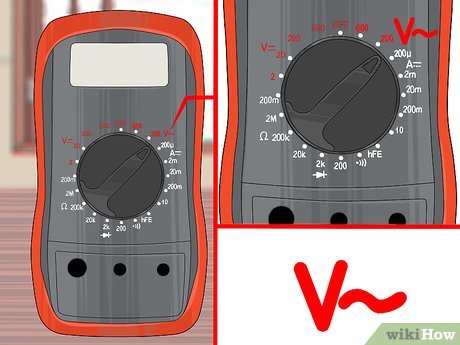
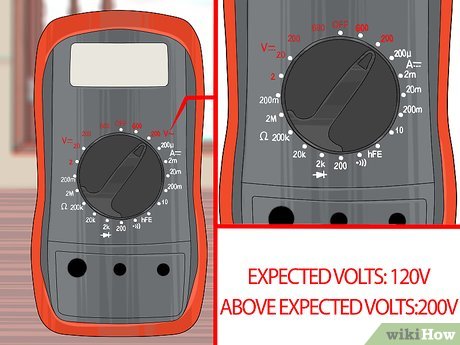

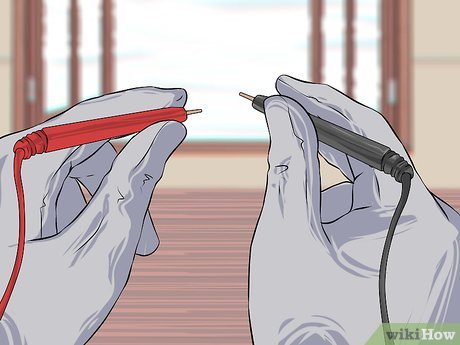
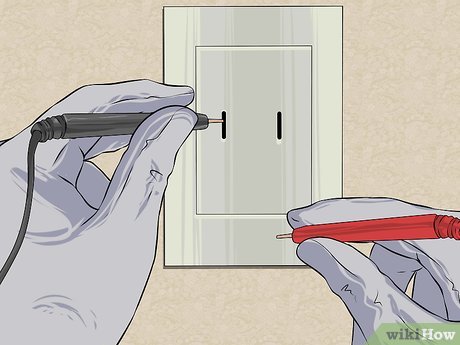
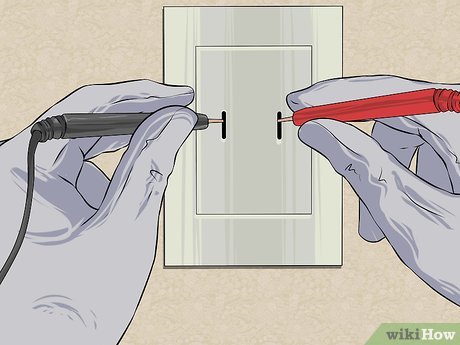
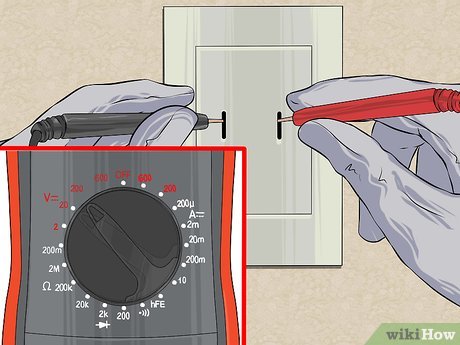
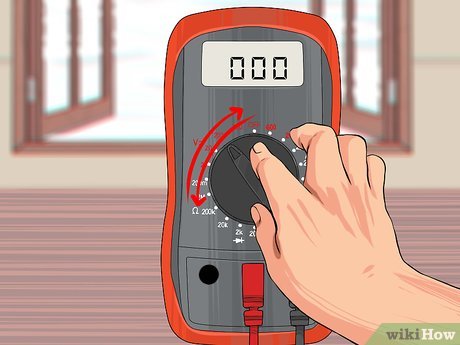
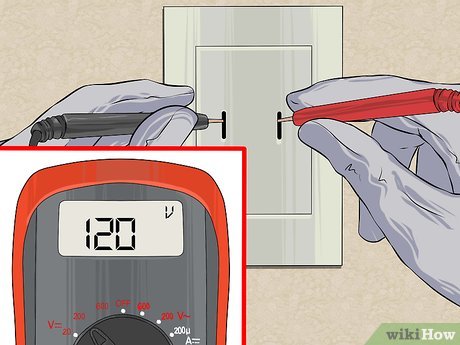
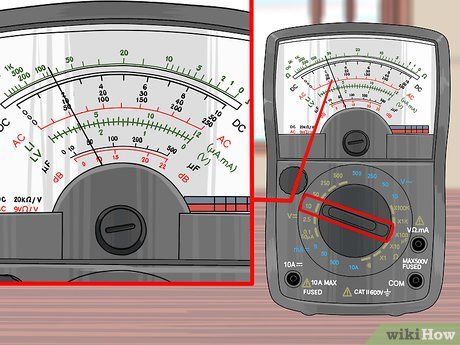
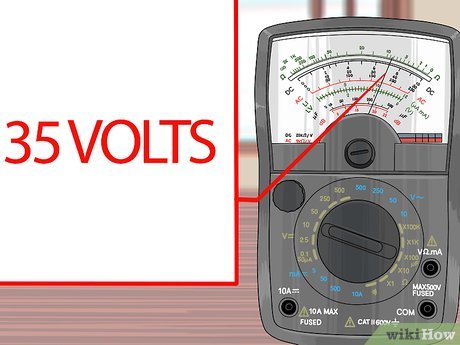
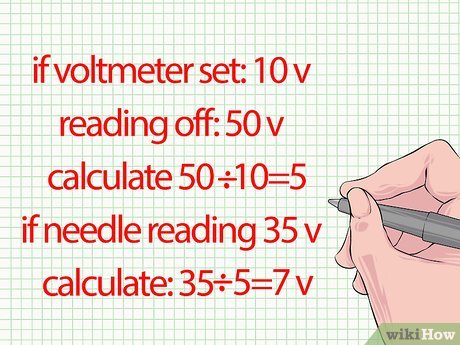










 How to Wire a Potentiometer
How to Wire a Potentiometer How to Crimp Rj45
How to Crimp Rj45 How to Connect HDMI to TV
How to Connect HDMI to TV Top 5 best curved screens
Top 5 best curved screens Top 5 best outdoor security cameras 2020
Top 5 best outdoor security cameras 2020 How to synchronize the Xbox One gaming controller
How to synchronize the Xbox One gaming controller